Wire Rope Hoist Overview
Wire rope hoists also known as overhead winch are essential tools for high-performance and heavy-duty lifting applications in a variety of industries. They are known for their durability, reliability, and ability to handle loads of varying weights and sizes. In this article, we will discuss the key features and benefits of wire rope hoists, their applications, and important factors to consider when selecting a wire rope hoist.
Note that duty cycles can vary depending on the specific model, as well as the application requirements. It’s important to consult the hoist’s specifications and consult with a qualified engineer to determine the appropriate duty cycle for your specific application.
Key Features and Benefits of Wire Rope Hoists
Wire rope hoists are designed to meet the demands of heavy-duty lifting applications. They offer a range of features and benefits that make them an ideal choice for many industries. Some of the key features and benefits include:
- High Load Capacity: Wire rope hoists can handle loads of varying weights and sizes, making them suitable for a wide range of applications.
- Durability and Reliability: Wire rope hoists are built to last and can withstand harsh working conditions. They are designed to perform consistently over time, making them a reliable tool for heavy lifting.
- Precise Control: Wire rope hoists provide precise control over the lifting and lowering of loads, allowing for safe and accurate positioning.
- Versatility: Wire rope hoists can be used in a variety of applications, including construction, manufacturing, and material handling.
- Ease of Maintenance: Wire rope hoists are easy to maintain and repair, minimizing downtime and ensuring continued performance.
Applications of Wire Rope Hoists:
Wire rope hoists are used in a variety of industries and applications. Some of the most common applications include:
- Construction: Wire rope hoists are used in construction to lift and move heavy materials, such as steel beams and concrete blocks.
- Manufacturing: Wire rope hoists are used in manufacturing to move heavy machinery, equipment, and products along production lines.
- Material Handling: Wire rope hoists are used in material handling applications, such as warehouses and distribution centers, to move heavy loads between locations.
- Mining: Wire rope hoists are used in mining to move heavy equipment and materials in underground mines.
Important Factors to Consider When Selecting a Wire Rope Hoist:
When selecting a wire rope hoist, it is essential to consider several factors to ensure the hoist meets your specific needs. Some of the critical factors to consider include:
- Load Capacity: The load capacity of the wire rope hoist should be sufficient for the maximum weight of the load it will be lifting.
- Lifting Height: The lifting height of the wire rope hoist should be adequate for the maximum height the load needs to be lifted.
- Speed: The speed of the wire rope hoist should be appropriate for the application. A faster speed may be needed for applications that require quick lifting and lowering, while a slower speed may be necessary for precision positioning.
- Duty Cycle: The duty cycle of the wire rope hoist should match the application’s needs. A higher duty cycle may be necessary for applications that require continuous lifting and lowering.
- Safety Features: The wire rope hoist should have appropriate safety features, such as overload protection and emergency stop buttons, to ensure safe operation.
Types of Electric Hoists:
Electric hoists are an essential piece of equipment for industrial material lifting. There are different types of electric hoists available, each with its own unique features and benefits. Understanding the differences between them is crucial when selecting the right electric hoist for a specific application.
Here are the most common types of electric hoists:
- Electric Wire Rope Hoist: This type of hoist uses a wire rope to lift and lower loads. They are suitable for heavy-duty applications, have a longer lifespan, and can lift more weight than chain hoists. Admalite’s Electric Wire Rope Hoist is an excellent example of this type of hoist. Its advantages include higher lifting capacity, better durability, and a longer service life compared to other types of electric hoists.
- Electric Chain Hoist: This type of hoist uses a chain to lift and lower loads. They are suitable for lighter-duty applications and are more compact than wire rope hoists. Electric chain hoists are also more affordable and easier to maintain. However, they have a shorter lifespan and a lower lifting capacity than wire rope hoists.
- Low Headroom Hoist: This type of hoist is designed to lift loads in tight spaces where vertical headroom is limited. They are suitable for applications in which the hoist needs to be mounted close to the ceiling or roof.
- Monorail Hoist: This type of hoist is designed to run on a single rail or beam. They are suitable for applications where loads need to be lifted and moved along a specific path.
- Explosion-Proof Hoist: This type of hoist is designed for use in hazardous environments where explosive gases or dust may be present. They are suitable for industries such as oil and gas, mining, and chemical processing.
When selecting the right electric hoist for a specific application, it is essential to consider the lifting capacity, headroom, and environmental factors such as temperature and humidity. Admalite’s Electric Wire Rope Hoist is an excellent choice for heavy-duty applications that require high lifting capacity and durability.
Conclusion
In conclusion, wire rope hoists are essential tools for high-performance and heavy-duty lifting applications. They offer a range of features and benefits, making them an ideal choice for many industries. When selecting a wire rope hoist, it is essential to consider factors such as load capacity, lifting height, speed, duty cycle, and safety features to ensure the hoist meets your specific needs. By choosing the right wire rope hoist for your application, you can ensure safe and efficient lifting operations and maximize productivity.
A duty cycle table for an electric wire rope hoist outlines the recommended usage time and rest periods for the hoist to ensure safe and efficient operation. The chart and table below provide an example of a duty cycle table for a wire rope hoist:
DUTY CYCLE PERCENTAGE
Cycle table
| Duty Cycle | Usage | Time |
|---|---|---|
| 25% | Infrequent | Up to 15 minutes per hour |
| 50% | Regular | Up to 30 minutes per hour |
| 75% | Frequent | Up to 45 minutes per hour |
| 100% | Continuous | Continuous use |
Note:
Duty cycles can vary depending on the specific model and manufacturer, as well as the application requirements. It’s important to consult the hoist’s specifications and consult with a qualified engineer to determine the appropriate duty cycle for your specific application.
OTHER SERVICES
ADMALITE provides a range of services, including installation, maintenance, repair, load testing, customization, upgrades, consultation, replacement parts, and emergency callouts, ensuring their customers’ equipment operates safely and efficiently.
QUALITY GUARANTEE
UL Certification is a globally recognized standard for safety and quality assurance. UL Certification ensures that products and systems meet stringent safety requirements and comply with industry standards.
In the case of ADMALITE, their compliance with UL508A standards for industrial control panels ensures that their products are safe, reliable, and comply with industry standards, giving their customers peace of mind and confidence in the quality of their products.
FREE QUOTE
Do you need help finding out the right hoist? Fill out this form to get in touch.
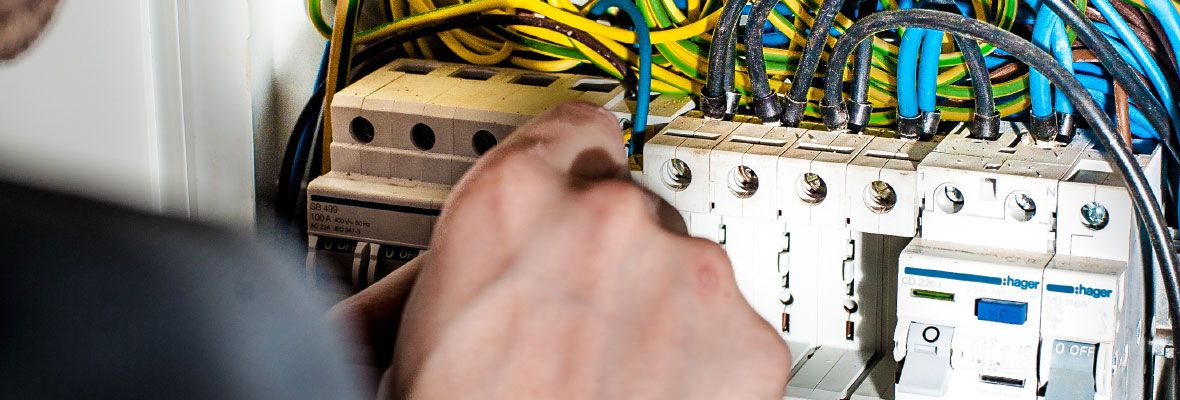
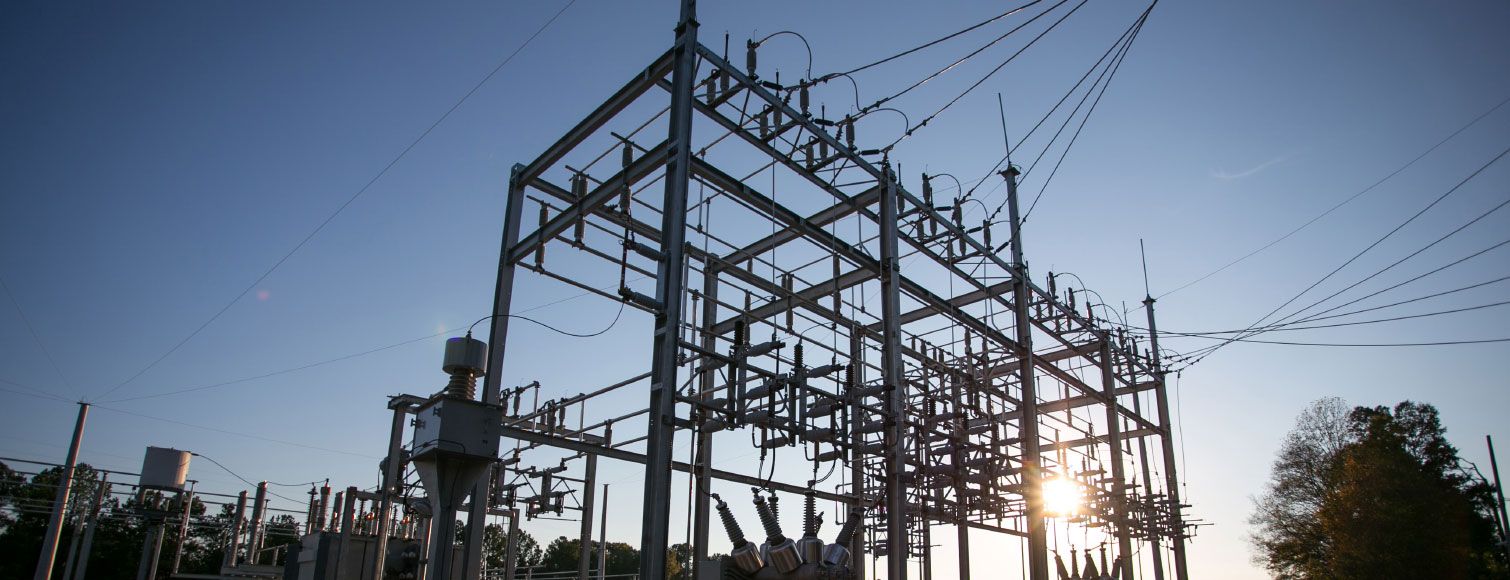

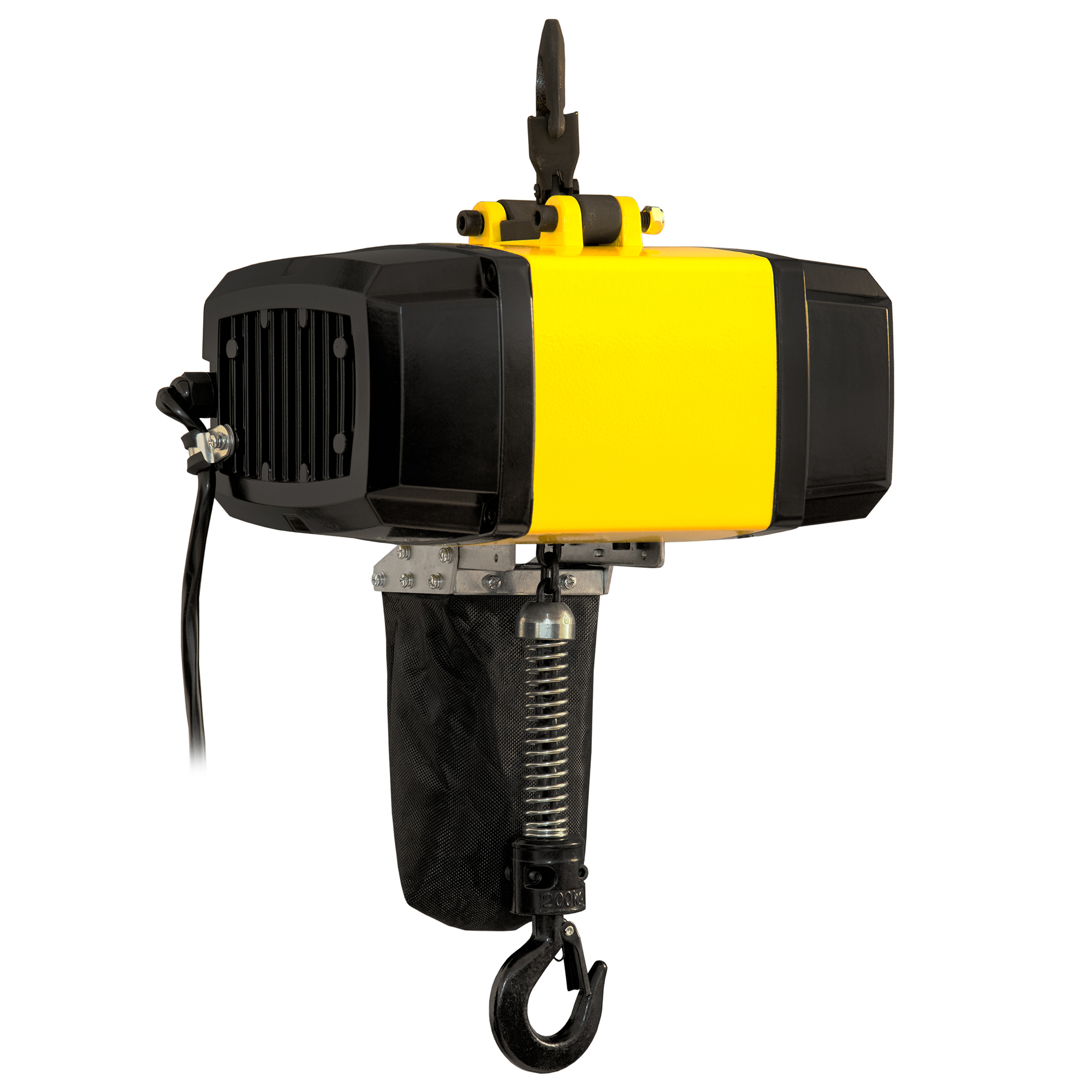
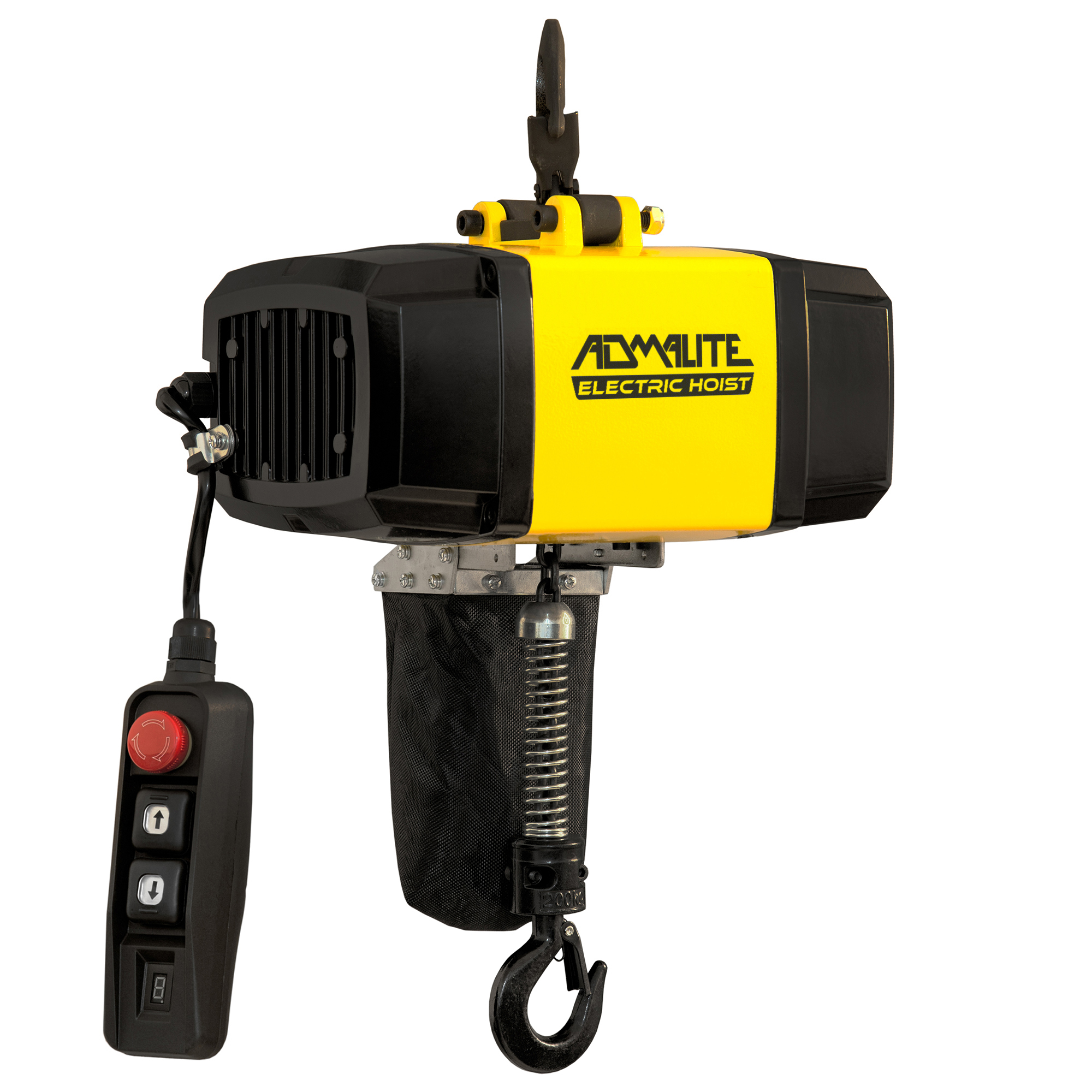
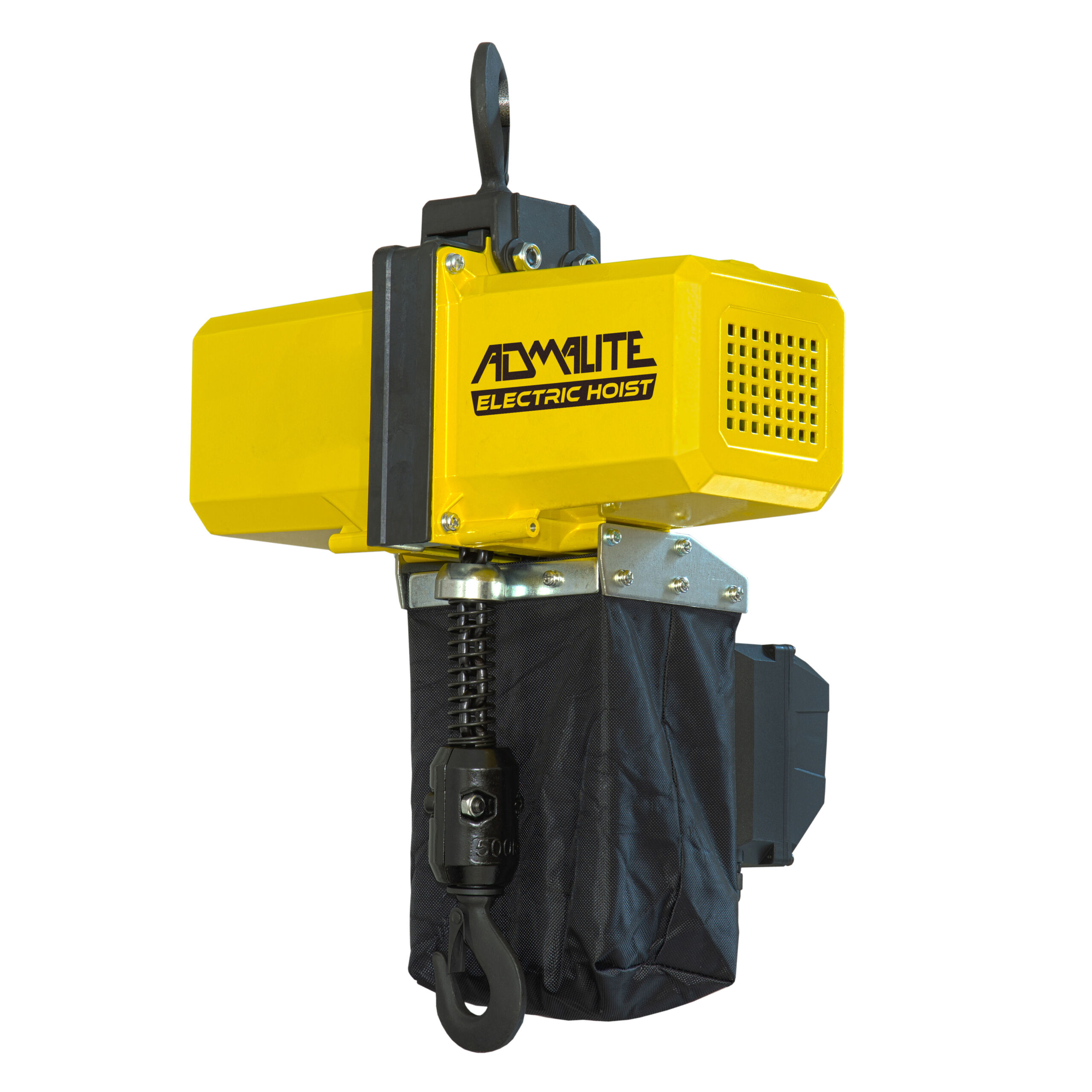
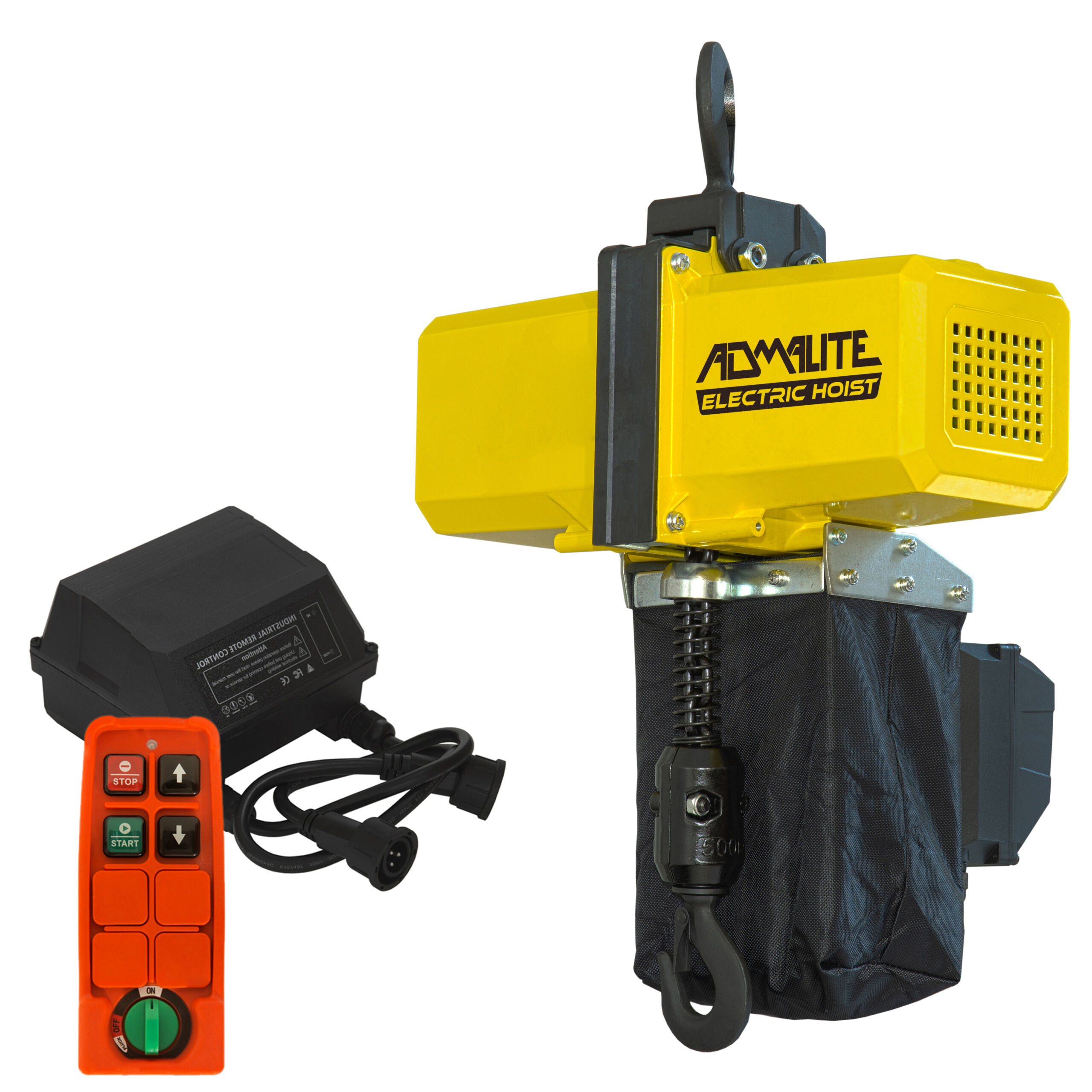

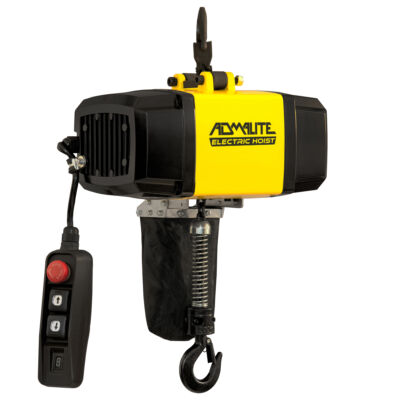 1100lb. Portable Mini Electric Chain Hoist - Variable Speed
1100lb. Portable Mini Electric Chain Hoist - Variable Speed